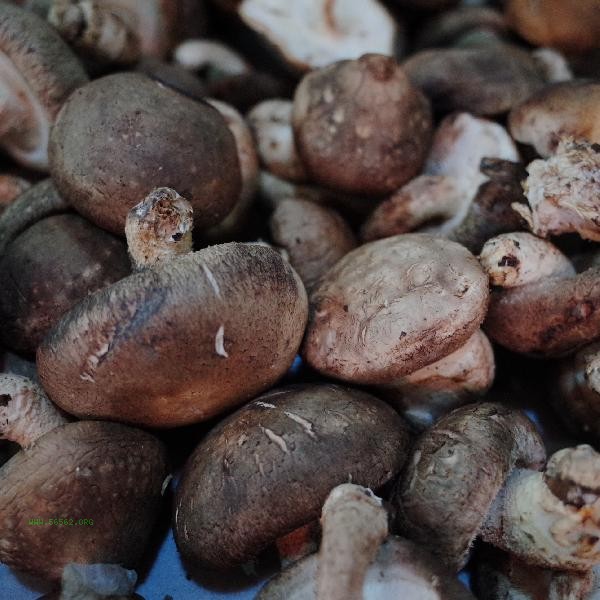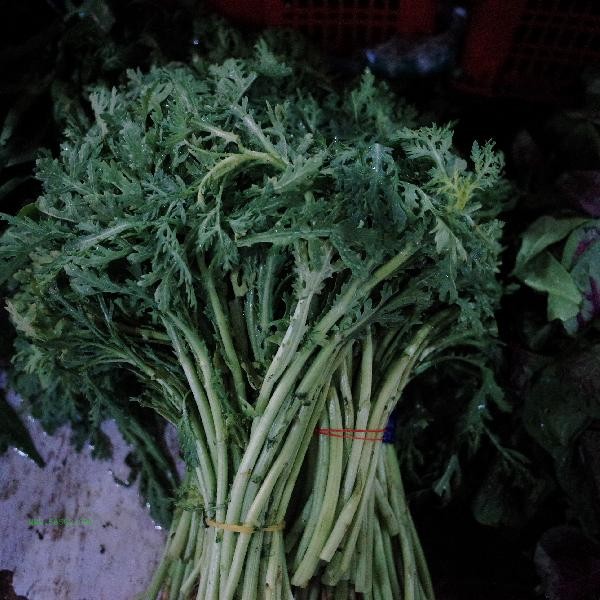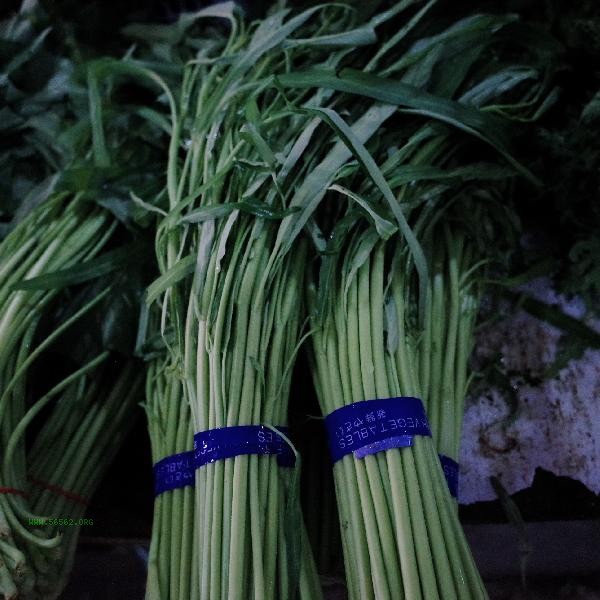Vegetables can be cooked using methods such as rapid stir frying, steaming, and cold mixing to maximize the retention of nutrients. Nutrient loss is mainly related to factors such as heating time, cutting method, and contact with water.

1. Stir fry quickly over high heat
High temperature and short-term stir frying can reduce the loss of water-soluble vitamins. Quickly stir fry green leafy vegetables with a small amount of vegetable oil, and the vitamin C retention rate can reach over 80%. Pay attention to controlling the oil temperature to avoid excessive heat, stir fry for no more than 3 minutes, and add salt before serving to reduce juice leakage. Suitable for leafy vegetables such as rapeseed and spinach.
2. Steaming treatment
Separate water steaming can prevent nutrients from dissolving in water. Steaming root vegetables such as broccoli and carrots for 10-15 minutes can preserve over 90% of carotenoids. The water level at the bottom of the steamer should be lower than the ingredients, and frequent lid opening should be avoided during the steaming process. Eating it immediately after steaming can prevent oxidative loss.
3. Cold mixed raw food
Vegetables suitable for raw food such as cucumbers and tomatoes are washed and cut directly, with almost no loss of vitamins. Using a ceramic knife to cut and reduce oxidation, mixing with olive oil helps with the absorption of fat soluble vitamins. Attention should be paid to thoroughly cleaning pesticide residues. For those with gastrointestinal sensitivity, it is recommended to blanch and mix cold.

4. Microwave Heating
Short term microwave heating causes less damage to nutrients. Cut eggplants, pumpkins, etc. into pieces and microwave for 3-5 minutes to increase the retention rate of anthocyanins. Pay attention to using a microwave specific container and flip it over during heating to ensure even heating. Not suitable for vegetables with extremely low water content.
5. Low temperature baking
Baking sweet potatoes, asparagus, etc. at temperatures below 120 ℃ can preserve more B vitamins. Wrap tin foil during baking to reduce water evaporation, and brush the surface with oil to prevent burning. Root vegetables can be steamed first and then roasted to shorten the heating time.

Different types of vegetables have their own preferences for cooking methods. For leafy vegetables, it is recommended to prioritize quick stir frying or cold mixing, while root vegetables are suitable for steaming or baking. Try to keep the vegetables intact before cooking and avoid soaking them for a long time. Eating freshly can reduce nutrient loss, and leftover vegetables should be refrigerated and consumed as soon as possible. Paired with an appropriate amount of high-quality protein and whole grains, it can improve the absorption and utilization rate of nutrients in vegetables.








Comments (0)
Leave a Comment
No comments yet
Be the first to share your thoughts!